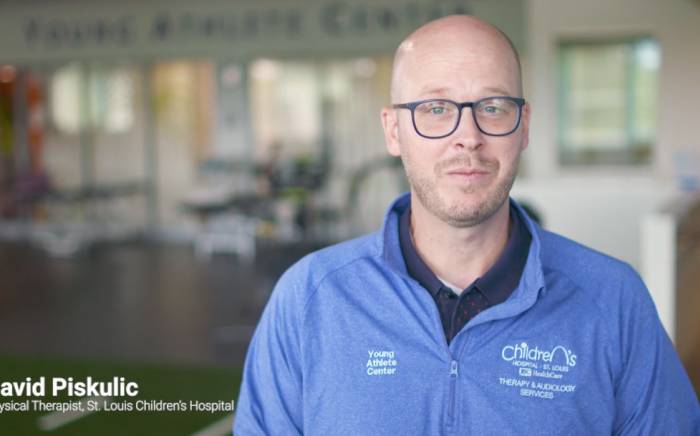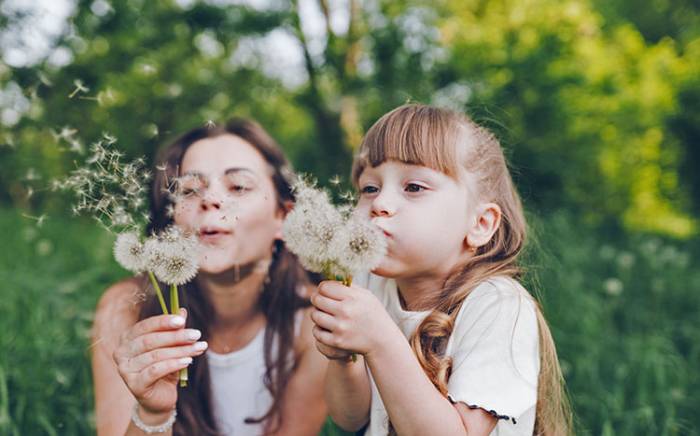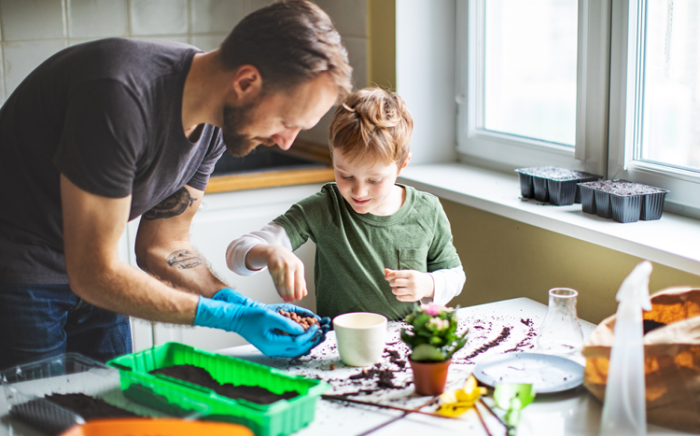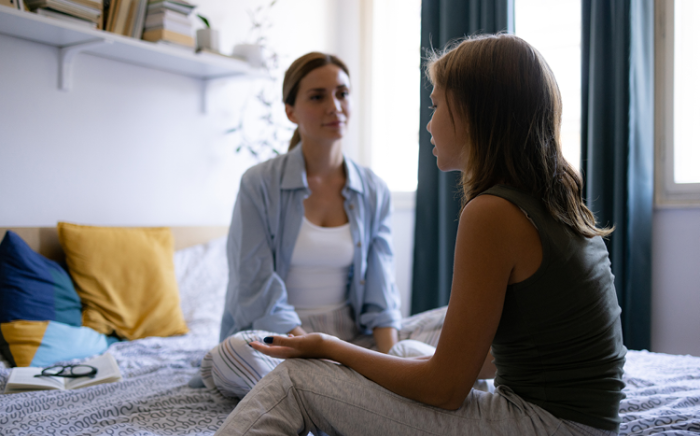 Understanding safe sleep best practices will greatly reduce your baby’s risk of suffering a sleep-related infant death, like sudden infant death syndrome (SIDS) which is the leading cause of death among babies 1 month to 1 year of age. By creating and choosing a safe sleep environment for your baby during all naps and nighttime sleeps, you and your baby can both rest easy.
Understanding safe sleep best practices will greatly reduce your baby’s risk of suffering a sleep-related infant death, like sudden infant death syndrome (SIDS) which is the leading cause of death among babies 1 month to 1 year of age. By creating and choosing a safe sleep environment for your baby during all naps and nighttime sleeps, you and your baby can both rest easy.
What is Sudden Infant Death Syndrome (SIDS)?
SIDS is the sudden and unexpected death of a baby that seems healthy, usually during sleep, between 1 month and 1 year of age. Many times the death is the result of an unknown cause, while others are from accidental known causes:
- Suffocation: when something, such as a pillow, or someone covers the baby’s face and nose, blocking the ability to breathe.
- Entrapment: when the baby gets trapped between two objects, such as a mattress and a wall, and can’t breathe
- Strangulation: when something presses on or wraps around the baby’s neck, blocking the baby’s airway.
Safe Sleep Best Practices: Learn the A, B, C, Ds of Safe Sleep
There is no guaranteed way for parents to prevent SIDS, but by creating a safe sleep environment you can greatly reduce the likelihood of SIDS. To make sure your baby is sleeping in a safe environment, follow the A, B, C, Ds of safe sleep for all sleep times, including naps.
A is for Sleeping Alone
Babies should always sleep in their own area and surface, such as a crib, bassinet, portable crib or play yard.
- No pillows, blankets, crib bumpers or stuffed animals in the sleep area.
- Keep your baby in the same room with you, but not in the same bed.
B is for sleeping on their Back
Placing babies on their backs for every sleep lowers the risk of Sudden Unexpected Infant Death (SUID, also known as SIDS) and other sleep-related deaths.
- Babies are less likely to suffocate on other objects or their own gases when they are on their backs.
- If your baby rolls over on their own during sleep from back to stomach, there is no need to roll the baby over to their back again. Starting sleep on the back is the most important for reducing SIDS risk. Once your baby starts rolling, make sure to swaddle them with arms out, or stop swaddling and switch to a wearable blanket.
C is for Sleeping in Their Crib
Choose a crib, bassinet, portable crib or play yard that follows the safety standards of the Consumer Product Safety Commission. For more information on crib safety, contact the CPSC at 800.638.2772 or cpsc.gov.
- Your baby should always sleep on a firm, flat surface with a fitted sheet.
- Babies should never sleep on a sofa, arm chair or couch.
- Only bring your baby into your bed to feed or comfort. Place your baby back in the crib when you’re ready to sleep.
D is for Don’t Smoke around the Baby
Keep baby zones smoke-free. Exposure to cigarette smoke both before and after birth increases the chances of SIDS.
- As a parent, if you smoke, keep your car and home smoke-free.
- Make sure people who smoke wash their hands and change their clothes before holding your baby.
Other Safe Sleep Guidelines and Tips
During Pregnancy:
- Go to all of your prenatal care appointments.
- Avoid smoking, drinking alcohol or using illegal drugs.
- Stay away from other people who are smoking (secondhand smoke).
After baby is born:
- Talk about safe sleep with anyone who will be caring for your baby – make sure everyone follows the A, B, C, Ds of safe sleep.
- Take your baby for regular health checkups and keep your baby updated on all vaccines.
- Give your baby plenty of tummy time while awake and make sure someone is watching.
- Place baby in a crib or ask family or friends for help when you feel tired or sleepy.
- Set a timer or alarm during cuddling or feeding times during the night or when you are tired.
- Offer a pacifier during sleep time once breastfeeding is established.
- Breastfeed as much and for as long as possible.
- Dress your baby in light clothing, such as a one-piece sleeper, swaddle or wearable blanket, and no more than one layer than you would wear to be comfortable.
- Keep the room temperature comfortable.
Do not:
- Use heart or breathing monitors or any products in the home that claim to prevent or reduce the risk of SIDS.
- Place your baby on a couch, chair or any place they could roll off.
- Let your baby sleep in inclined products like swings and bouncy seats that require restraining a baby.
Sleep Safety in Car Seats and While Traveling
A car seat is designed to protect your child during travel, not for sleeping. Being in a car seat, bouncy seat or swing for prolonged periods can lead to:
- Breathing problems
- Reduced oxygen levels
- Compressed chest causing reduced oxygen levels
- Inhibited development of spinal and neck muscles
It is tempting to leave a sleeping baby in a car seat rather than moving them into a crib. However, it is important that you:
- Do not use a car seat as a replacement crib even if it appears the baby is sleeping better.
- Do not keep your baby in the car seat for long periods of time outside the car.
Safe sleep tips for traveling:
- Always correctly buckle your baby into a car seat to keep them safe during travel.
- Check your infant at least every two hours while traveling to ensure they are breathing comfortably and positioned correctly.
- Pack a portable crib or play yard so your baby has a safe place to sleep while you are away from home.
Learn More About Safe Sleep
St. Louis Children’s Hospital Safety Stop provides free safe sleep education at four locations:
- St. Louis Children’s Hospital
- St. Louis Children's Specialty Care Center - South County
- St. Louis Children’s Specialty Care Center - West County
- Progress West Hospital
- The Magic House
Call 314-454-KIDS (5437) or 800-678-KIDS and press 2 to schedule a Safety Stop appointment.








